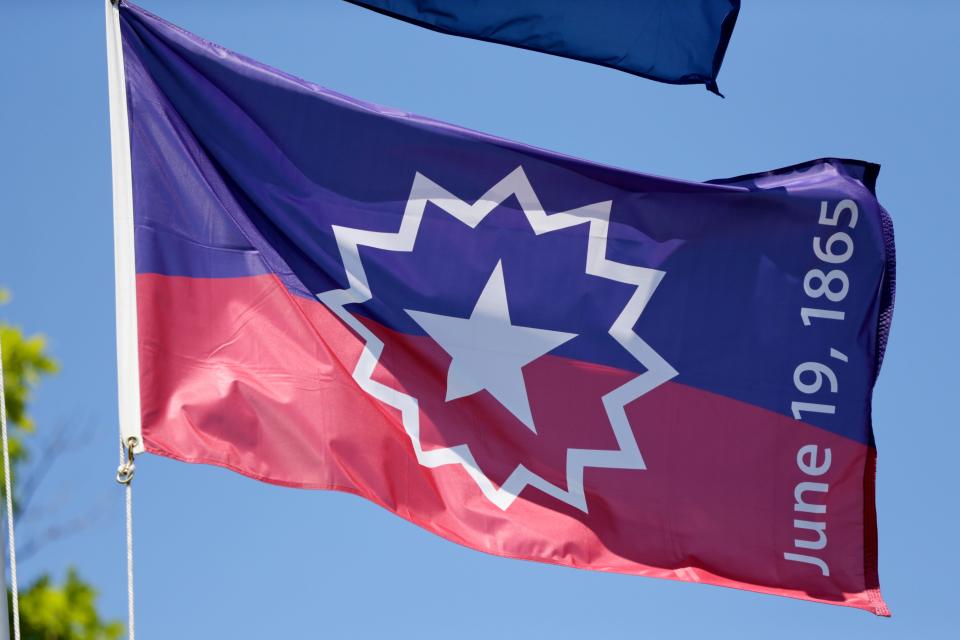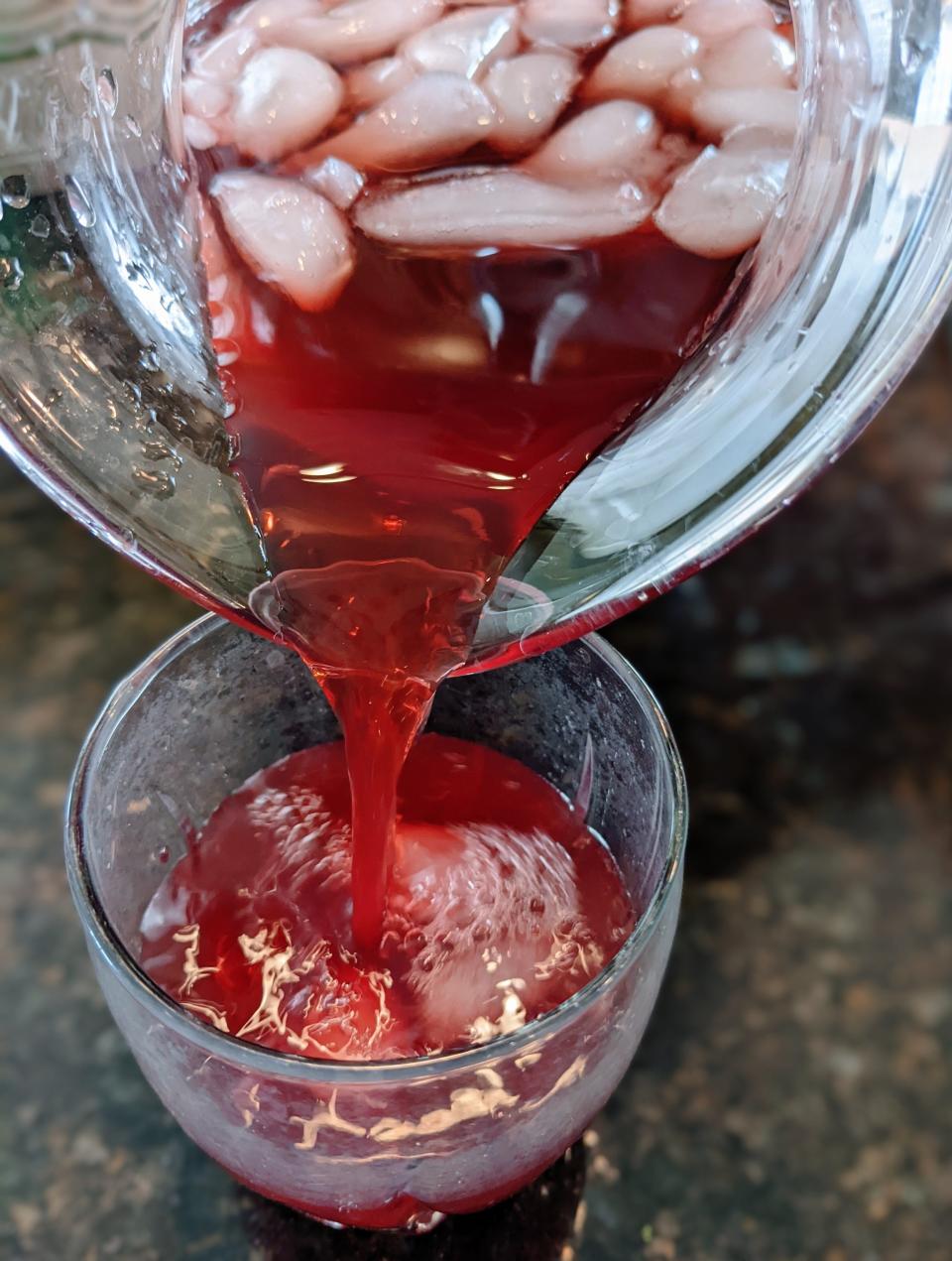7 little known tidbits on Juneteenth, a celebration of freedom in America
As Juneteenth concerts and cookouts occur across the nation, Leslie Wilson, professor of History at Montclair State University, wants people of color and their allies to not just applaud for freedom, but learn the history behind the arduous journey that continues today.
Although the Civil War was a pivotal part of the American experience, Wilson said, most Americans have limited understanding of the conflict. Most people know of battles, he continued, but little of the politics of diplomacy.
Here are seven Juneteenth tidbits to impress and educate friends, family and co-workers on this fairly-new federal holiday.
1. Some of the enslaved in Texas and other locations in the South were aware the Civil War was coming to an end, and their freedom would follow — due of secret war updates
Most enslaved Africans were careful to keep information hidden from their oppressors, fearing violent backlash. It was a legitimate concern, given violent reprisals suffered by some captives.
2. Emancipation in Galveston was followed by a period known as 'the scatter'
Many freed people did not want to stay with those who enslaved them, even if they were paid. Some left before Union Major Gen. Gordon Granger finished announcing General Order No. 3, which freed the enslaved. They fled plantations and other places of bondage in search of family members or more inviting accommodations, often in the North.
3. Not all enslaved men, women and children were freed immediately
It took time for the order to spread across Texas. According to historian James Smallwood, many former slaveowners withheld this information, and resorted to violence, included beatings and lynchings. Two separate reports of Africans being freed surfaced as late as July 1867, as did a report of a Texas horse thief (Alex Simpson) whose former captives were finally liberated after he was lynched in 1868.
4. Jim Crow and the Black codes ensured Juneteenth celebrations didn't last long
As federal troops left the South, part of the Compromise of 1877, Black people were increasingly prohibited from gathering in public spaces. This included Emancipation Park in Houston, established in the 1870s by the formerly enslaved to commemorate Juneteenth. Until the 1950s, the site was the only public park with a swimming pool for African Americans in the closest major Texas city to Galveston.
5. Two flags honor Juneteenth
The first Juneteenth Flag was designed by L.J. Graf in 1997. The colors red, white, and blue echo that of the enslaved people and their descendants. The star is surrounded by a starburst, highlighting a new day.

The second flag, created by activist Ben Haith in 2000 and illustrated by Graf, is a revision of the first. Important in this flag is the arc in the middle, representing a new day. The new flag also has the date of Granger’s order: June 19, 1865.
6. Watch Night service traces to Juneteenth
Also known as "Freedom’s Eve," the enslaved and free Blacks assembled in churches and private homes across the nation, awaiting news that the Emancipation Proclamation had become law — and was enforced by federal troops.
So it comes at no surprise that different states have varying emancipation dates, including New York and Massachusetts (Jan. 1), the District of Columbia (April 16), Florida (May 20), Tennessee and Kentucky (Aug. 8) and others.
7. The 'Red Drink', a Juneteenth tradition, traces back to Africa

According to soul food scholar Adrian Miller, two red drinks are ancestral to West Africa. Hibiscus-based drinks, also referred to as bissap and kola nut tea, are white and red kola nuts, both of which crossed the Atlantic Ocean during the transatlantic slave trade. As the popular hibiscus drink made its way across the Caribbean, it became popular in Latin America where it's called Florve Jamaica, or Agua de Jamaica.
"So when people go and order that, they are actually ordering a rift of a West African drink and many don't know that," Miller said. "My contention is that when you look at documented observances of African American social functions and celebrations in the 19th century, there is usually reference to a red-colored drink being served.
"In the early years, there was red lemonade or Kool-Aid and then eventually Big Red (a Texas-bottled) soda. Soda became a signature drink for Juneteenth in Texas. So my argument is that the red drinks that surface in the American South are a nod to the red kola nut and hibiscus drinks of ancestral Africa."
This article originally appeared on Knoxville News Sentinel: 7 facts about Juneteenth's history, traditions and celebration

